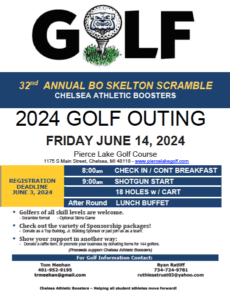
(Chelsea Update would like to thank Dr. Barry Nemon, director of Chelsea Community Hospital Emergency Room, for the information in this column.)
Recently, we discussed how important it is to act fast if you think someone is having a stroke.
So, what are the other emergencies that occur in which you can make a really big difference? Well, the obvious one is CPR.
Just to review our current thoughts about what your role should be:
- If you see an adult losing consciousness and also their breathing, you should assume that they need CPR.
- It is not always easy to check for pulses, but if the person is losing consciousness and is not breathing normally, starting CPR and calling for help is the right approach.
- Tell whoever is near to call 911, and to see if an automatic external defibrillator (AED) is available.
- If there’s an AED available, remove clothing from the chest, attach the pads to the chest, and listen to instructions from the AED.
Let’s assume that the AED is not available:
- Don’t worry about mouth to mouth resuscitation, just put the heal of your hand on the lower part of the patient’s breast bone, your other hand on top of the first, and push in and out.
- This should be done 100 times per minute.
- And, this may be different from what you learned if you took a CPR class a while ago.
- Each time you put your weight on the breast bone, the breast bone should go down 2 inches. So you cannot be too gentle or this will not work.
Should you ever stop to check for pulse? The answer is “no”.
- Do not stop until the paramedics arrive and they can take over.
- If you see someone collapse and they stop breathing, lay them on the ground. Unless an AED is available, start pushing on the breast bone 100 times per minute, 2 inches down. Call for help.
This is something that you can do that could make a difference.














